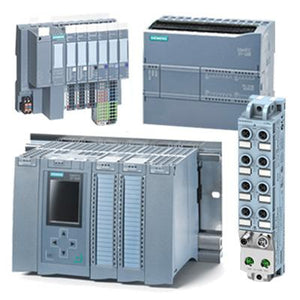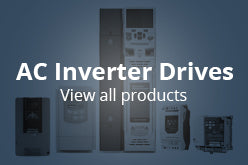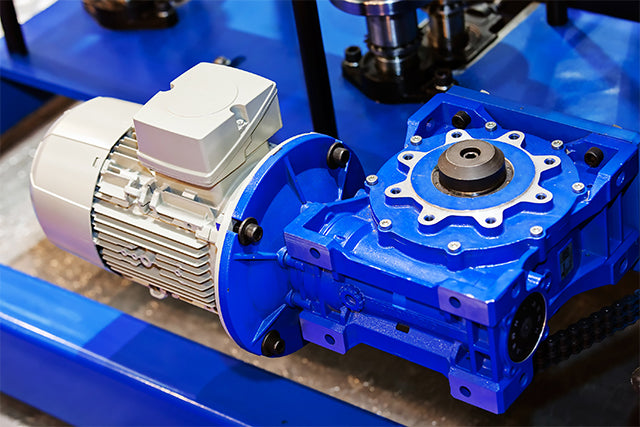
Yaskawa PLC
What Is A PLC?
A Programmable Logic Controller, (or PLC), is a computer that has been specifically adapted and designed for use in industrial automation. PLC’s can be used to automate a specific process, machine function, an entire production line or anything that requires high reliability control and ease of programming. They also offer easy fault diagnosis with methods varying according to the manufacturer.

Where Are PLC's Used?
PLC’s are designed for manufacturing, therefore they are robust and designed to withstand harsh conditions including severe heat, cold, dust, and extreme moisture. The language used to program them is a relatively simple language which results in an easier set-up. Most PLC's use a ladder style programming system which is both flexible and powerful.
Programmable Logic Controllers are modular, allowing them to be plugged into various systems. A central processing unit (CPU) serves as the brain of the PLC. This is either a 16 or 32 bit microprocessor, the CPU directs the PLC to execute control instructions, communicate with other devices and perform various other logic / arithmetic, internal diagnostics operations.
Common Features of a Programmable Logic Controller

Inputs & Outputs
I/O - The PLC’s CPU stores and processes program data, but input and output modules connect the PLC to the rest of the machine or whatever it is connected to the PLC at that time. These I/O modules provide the CPU with the data it then processes to trigger specific results based on the data received. The I/O modules can be either analog or digital; input devices at include switches, sensors, meters, whilst the outputs could include; lights, relays, valves, and drives. These input and output devices can be mixed and matched to achieve whatever processes are necessary for that particular application.

Human Machine Interface (HMI)
HMI - To interact with a PLC in real time requires a HMI (Human Machine Interface). These range from simple displays with a text readout and a keypad to a large touchscreen with multiple functions. These allow users to review and input information to the PLC in real time. Some PLC’s have a HMI built in, and others will require an extra module or plug-in.

Communications
Communications - Along with the use of inputs and outputs, a PLC may also need to connect with different types of systems such as the need to export application data recorded by the PLC to a supervisory control and data acquisition system, which monitors multiple devices connected. Every PLC has a range of ports and comms protocols to ensure compatibility with each of the systems being employed.

Why Buy from ACDC Drives?
We are happy to answer any questions you have regarding these PLC’s, so if you do have any questions, just ask! We all know that in the modern workplace often things are needed as fast as possible. That is where we can help. We can also get engineers out to site, to carry out surveys, or to install and commission PLC’s on existing or new applications. Call our sales team today by phone on 01905 887 667.






